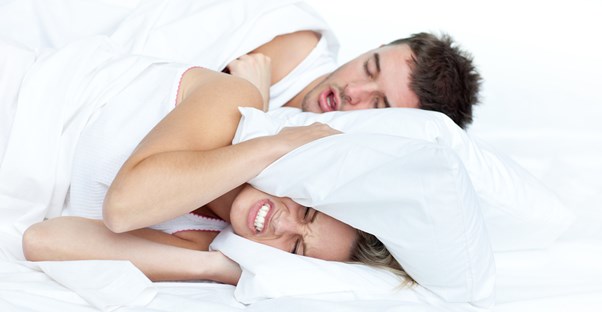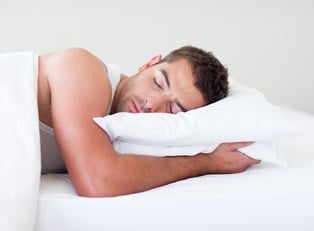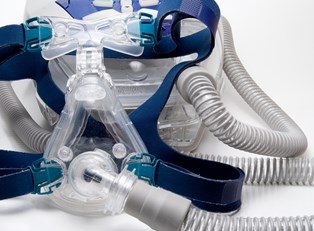Sleep apnea is a common breathing condition that can range from mild to moderate to severe. It's also a progressive disorder, which means that it gets worse with time.
Approximately twelve to twenty million people in the United States suffer from sleep apnea. Adult sleep apnea is as common across the globe as is adult onset diabetes. More men suffer from it than women. In addition, it's more common in those who are overweight and have a tendency toward loud, habitual snoring. According to The National Commission on Sleep Disorders Research, approximately 38,000 individuals die annually as a result of cardiovascular problems relating in one way or another to sleep apnea.
What Is Sleep Apnea?
Sleep apnea is a sleep disorder differentiated by pauses in breathing during sleep. These pauses can cover anywhere from ten to sixty seconds at a time. In more serious cases, the breathing lapses can be even longer. These pauses or "apnea events" can occur as often as three hundred to four hundred times per night. Some people wake up during these episodes while others do not.
What Are The Different Types of Sleep Apnea?
There are three types of sleep apnea - obstructive, central and mixed. Obstructive sleep apnea is the most common, afflicting nine out of ten individuals who suffer from the disorder. In the case of obstructive sleep apena, an obstruction is blocking the trachea (or wind pipe) from allowing air in and out of the lungs. Other causes of the obstruction include the possibility of too much fatty tissue in the area of the throat or that the throat muscles are too relaxed. The second type, central sleep apnea, results from the brain having crossed signals about normal breathing patterns. In this case "the muscles you use to breathe don't get the 'go-ahead' signal from the brain. Either the brain doesn't send the signal, or the signal gets interrupted." This form is extremely rare. The third and final type, mixed sleep apnea, is a combination of the other two, though it generally has more in common with obstructive sleep apnea.
How Do I Know For Sure If I Have Sleep Apnea?
There are a number of initial symptoms that should alert you to the possibility of sleep apnea. These include loud snoring, cessation of breathing during the night, and extreme tiredness during the day. If you exhibit any of these symptoms, your doctor can send you for a special sleep-recording test known as a polysomnography which can diagnosis the disorder. Is Sleep Apnea Dangerous And/Or Life Threatening? If left untreated sleep apnea can lead to more serious health problems such as high blood pressure, heart disease and stroke. The chances of having a car accident or a work-related accident are also increased for those suffering from sleep apnea. Is There Anything That Can Be Done To Improve My Sleep Apnea? Initially, making lifestyle changes can go a long way in preventing sleep apnea from growing worse. These changes can include losing weight, quitting smoking, limiting your use of alcohol four hours before bedtime, not using sleeping pills or sedatives, and sleeping on your side instead of on your back.
Article Source: http://EzineArticles.com/294730




